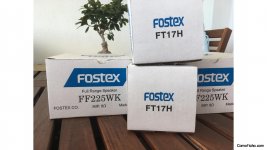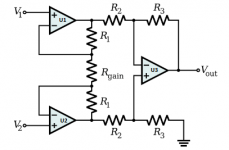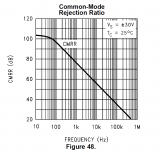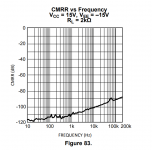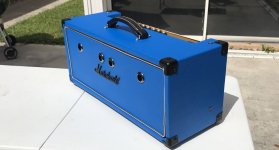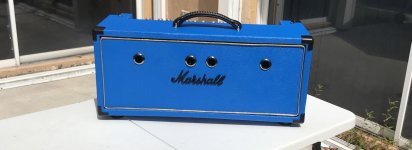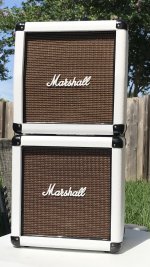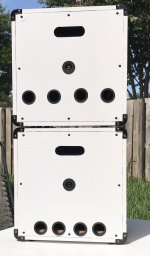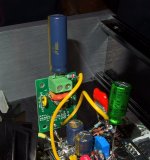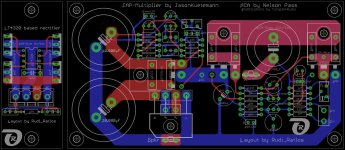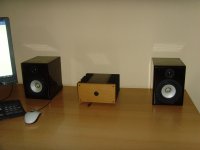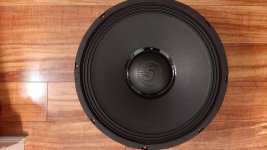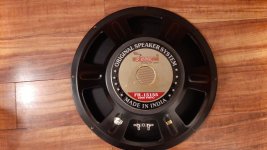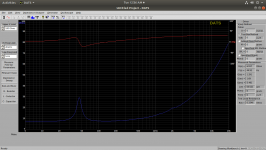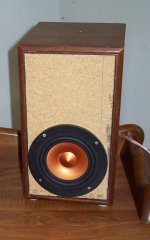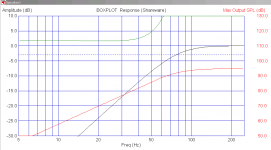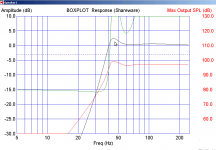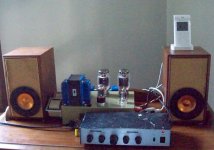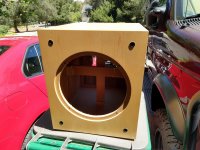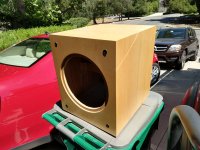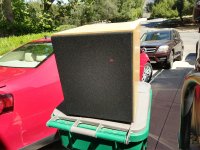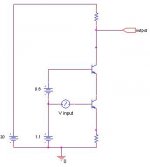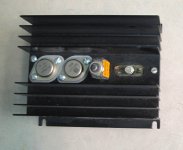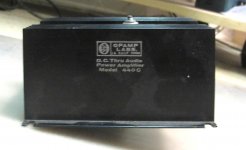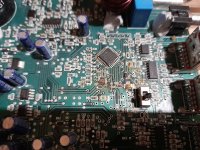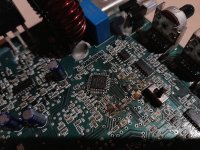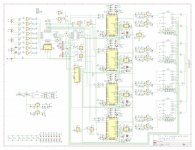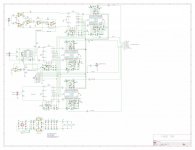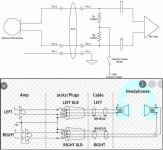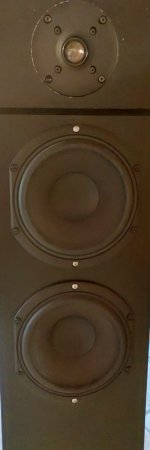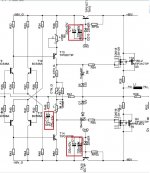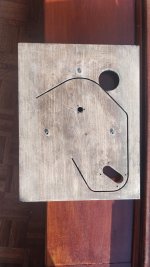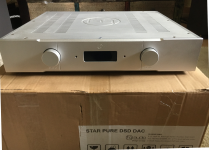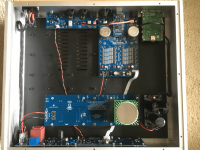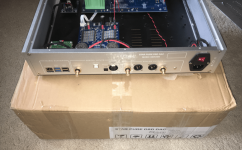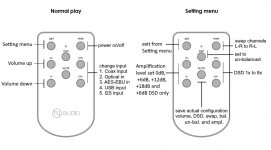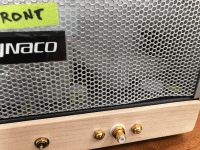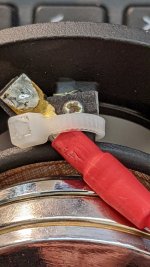Thought about to make this to a dedicated topic instead of cluttering somone else' thread.
Background is, that I'm frequently in need for some upgrade of rails regulators. Trying to adapt the usual and ready available shunt and series suspects, often did not necessarily lead to the desired results.
Though the well documented specs on load and line regulation would indicate them as no brainer, the sonic signature inherent to any of this device gets imposed on the sonic signature of the stage to be fed.
On sensitive stages the sonic signature of the regulator even begins to dominate, which of course is not any desirable.
So what I'm covering here is focused to the aspect of rails being part of the signal path, a different point of view, usually not that widly noticed.
I went with a LT3045 board I got from here:
LT3045-M Ultra Low Noise LDO Voltage</br>Regulator
They are of a nice built, using good parts, and surely the designer has studied the AnalogDevice data sheet to get the best out of it, so its a solid starting point.
Inserting the +15V configured board straight away in what I will call my test setup (basically a constant current dual FET input stage), did not bring up satisfying results.
After some experiments with RC filtering of the output of the LT3045 it did show up, that the capacitors used do have a fulminate effect on the sonic signature of the amp stage to be fed.
I did try tantal, Nichicon Fine Gold and the green bipolar ones from Nichicon. Very distinctive flavours easily to distinguish.
The RC filter I varied from 150ohm / 100uF to 1.5ohm / 47uF.
When gradually lowering the R of the filter it became apparent that the LT3045 input capacitor (47uF tantal) at the board at hand becomes sort of a bottle neck. Most probably this is also the reason why just inserting the board straight away did not deliver sound wise.
So the next step was to pimp the LT3045 input with a 1000uF Nichicon FC decoupled from the PS with a 1.5ohm resistor, what in fact did turn out pretty well.
With that out of the way, as to now to me the best combination was the Nichicon bipolar at 47uF / 1.5ohm.
The Fine Gold was overly glossy and didn't went down to the bottom.
The tantal suffered in musicality but was by far the most stringent down low.
The Nichicon bipolar overall was the best compromise so far.
This was just a very quick rush through the topic of rails being part of the signal path and I am looking forward to also try some other Pana and Nichicon lytics I await in the ideal test setup I currently have available by accident. All lytics I usually parallel with MKT and silver MICA, so I did it here as well.
Regarding the basically excellent LT3045 I would love to hear your findings on its sonic signature and the modifications you possibly did to deal with.
